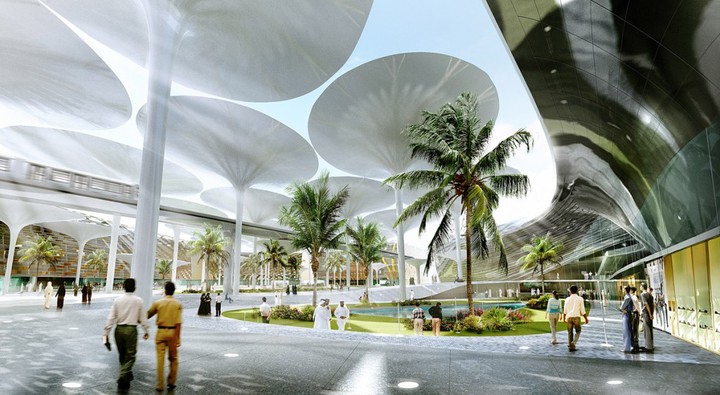 Source: LAVA
Source: LAVA
Abstract
In the past two decades, urban sustainability has become a new policy common sense. This article argues that contemporary urban sustainability thought and practice is coconstituted by two distinct representational forms, which we call green urban nature and gray urban nature. Green urban nature is the return of nature to the city in its most verdant form, signified by street trees, urban gardens, and the greening of postindustrial landscapes. Gray urban nature is the concept of social, technological, urban space as already inherently sustainable, signified by dense urban cores, high-speed public transit, and energy-efficient buildings. We develop Lefebvre’s ideas of the realistic and transparent illusions as the constitutive ideologies of the social production of space to offer a framework for interpreting contemporary urban sustainability thinking in these terms and concretize this argument through case studies of postindustrial greening in the Ruhr Valley, Germany; municipal sustainability planning in Vancouver, Canada; and the Masdar smart city project in Abu Dhabi. We conclude by examining the implications of green and gray urban natures for the politics of urban sustainability.